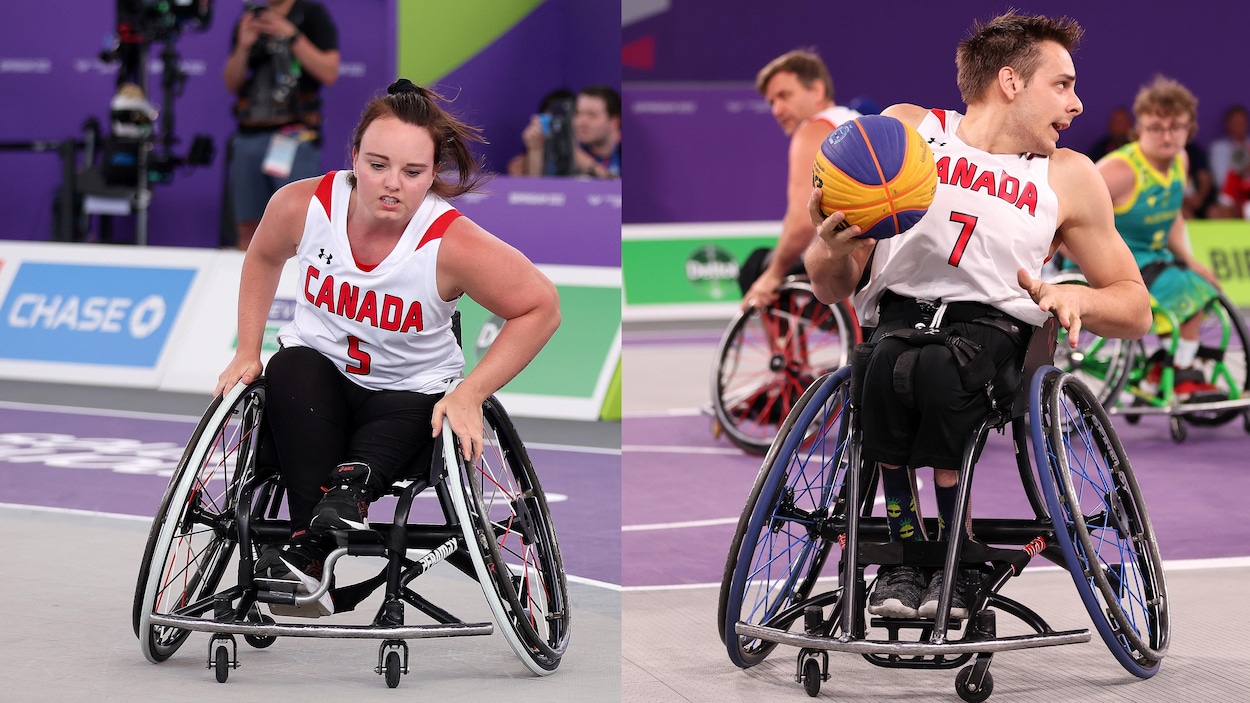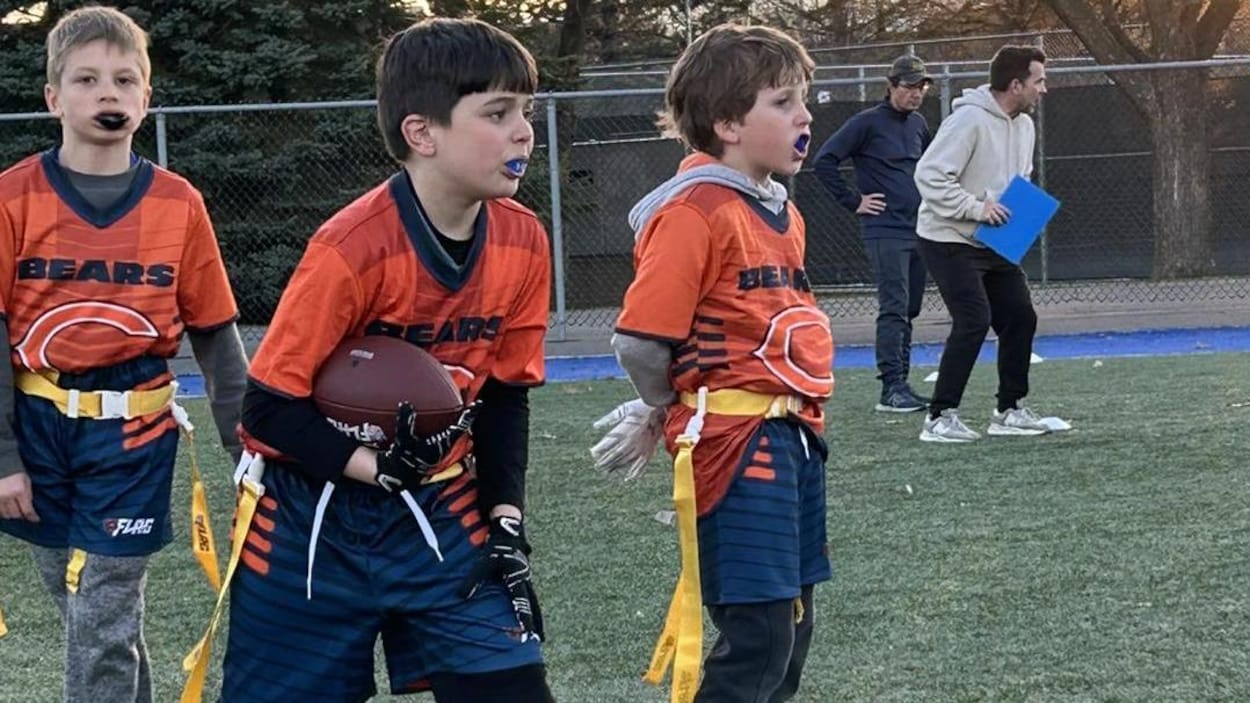PROTECT YOUR DNA WITH QUANTUM TECHNOLOGY
Orgo-Life the new way to the future Advertising by AdpathwayToday’s guest is Kathy Sierra. Kathy Sierra is a computer scientist, author, and horse-movement innovator who bridges neuroscience, learning psychology, and equine training. Co-creator of the award-winning Head First programming series and founder of the JavaRanch community, she later turned her expertise in intrinsic motivation toward her lifelong passion for horses. Through her Panther Flow approach, Kathy helps horses and riders unlock confident, curious, and expressive movement, sharing her work worldwide through courses, workshops, and writing.
In training and movement, drilling “perfect form” is standard practice. The more we get into how humans learn, the more we realize that “perfect form” is a myth, and learning is a far more complex venture. Using both differential learning (variety) and constraints helps athletes hone in on their own optimal (and robust) technique, without needing to constantly be looking for one “perfect” way to do things.
This is not only true in animals, but also in humans and in machine learning. On this week’s episode, Kathy covers aspects of training horses using the same motor learning concepts that work best in humans. She also goes into how and why robots learn to move better based on constraints, trial and error, versus a “perfect technique” type of programming. This is a fascinating and wide-ranging discussion on human movement, learning, and sport skill.
Today’s episode is brought to you by Hammer Strength.

Podcast: Play in new window | Download (Duration: 1:42:48 — 94.1MB) | Embed
Subscribe: Apple Podcasts | Spotify | Amazon Music | Android | Pandora | iHeartRadio | JioSaavn | Podchaser | Email | Deezer | Anghami | Youtube Music | RSS
View more podcast episodes at the podcast homepage. (https://www.just-fly-sports.com/podcast-home/)
Timestamps
0:06 – Introduction to Horse Training Insights
11:16 – Discovering the Community of Movement
21:40 – The Power of Natural Movement
32:19 – Emotions in Movement and Skill Acquisition
41:22 – The Impact of Coaching on Authenticity
53:51 – Techniques for Encouraging Movement Exploration
1:00:23 – The Power of Pattern Interrupts
1:11:34 – The Role of Exploration in Coaching
1:15:18 – Adapting Like Animals
1:22:42 – Embracing Novelty for Movement
1:29:25 – The Myth of Optimality
1:35:18 – Serendipity in Learning
Key Takeaways
Introduction to Horse Training Insights – [0:06]
Kathy shares how working with horses revealed universal truths about movement and behavior, clear communication, patience, and trust underpin both animal and human learning.
What to try:
- Start with establishing safety and trust before layering complexity.
- Use observation as your first tool, notice subtle shifts in posture or energy.
- Match your cues to the learner’s readiness, not your agenda.
Discovering the Community of Movement – [11:16]
She describes how connecting with other movement-minded people broadened her perspective and expanded her toolkit.
What to try:
- Seek out cross-disciplinary conversations, dancers, martial artists, animal trainers.
- Share drills and games openly; let others adapt them for their setting.
- Use community feedback as a way to refine your own approach.
The Power of Natural Movement – [21:40]
Kathy emphasizes that natural, unforced movement often produces the most authentic and sustainable skill.
What to try:
- Design environments that invite natural movement patterns to emerge.
- Remove overbearing cues, let the body self-organize.
- Watch for efficiency and ease, not just output.
Emotions in Movement and Skill Acquisition – [32:19]
She links emotional state to physical learning, noting that fear or tension can block skill development.
What to try:
- Pair challenging tasks with positive emotional experiences.
- Recognize emotional cues, frustration, joy, hesitation, and adjust tasks accordingly.
- Celebrate small wins to keep confidence high.
The Impact of Coaching on Authenticity – [41:22]
Kathy warns that over-coaching can erode authenticity in movement.
What to try:
- Avoid shaping every rep, allow athletes to bring their own style.
- Use fewer, simpler cues to protect natural expression.
- Ask reflective questions instead of issuing constant directives.
Techniques for Encouraging Movement Exploration – [53:51]
She offers strategies to spark curiosity and creativity in movement.
What to try:
- Introduce unusual tools, surfaces, or starting positions.
- Frame drills as “games” with multiple solutions.
- Encourage athletes to invent their own variations.
The Power of Pattern Interrupts – [1:00:23]
Kathy highlights how breaking routines can reawaken learning.
What to try:
- Switch the order of familiar drills to force new adaptations.
- Change the environment, lighting, surfaces, or even music.
- Surprise athletes with a different task mid-session.
The Role of Exploration in Coaching – [1:11:34]
She reinforces that giving athletes time to explore leads to deeper learning.
What to try:
- Dedicate segments of practice to free exploration without a set goal.
- Allow athletes to test boundaries of speed, range, or rhythm.
- Step back and observe without correcting.
Adapting Like Animals – [1:15:18]
Kathy draws parallels between animal adaptability and human movement capacity.
What to try:
- Train in varied conditions to build adaptability.
- Use unpredictability, unplanned starts, changes of direction, or shifting resistance.
- Watch how the body adjusts without instruction.
Embracing Novelty for Movement – [1:22:42]
She explains that novelty keeps the nervous system engaged and responsive.
What to try:
- Rotate new drills weekly to keep stimulus fresh.
- Introduce unorthodox challenges that require problem-solving.
- Maintain an element of surprise in sessions.
The Myth of Optimality – [1:29:25]
Kathy challenges the idea of one “best” way to move.
What to try:
- Accept multiple movement solutions as valid.
- Train variability instead of chasing perfect form.
- Help athletes discover what works for them in different contexts.
Serendipity in Learning – [1:35:18]
She describes how unexpected moments often spark the biggest breakthroughs.
What to try:
- Stay open to spontaneous opportunities during training.
- Let sessions evolve based on athlete curiosity.
- Capture and repeat moments that resonate.
Quotes
“If they don’t feel safe, they’re not going to move in a way that’s authentic or open.”
“Sometimes the best thing you can do as a coach is to wait and watch before you say anything.”
“You can’t cue someone into confidence—it has to be experienced.”
“When the environment invites them to explore, you don’t have to force the learning.”
“I’d rather see ten different solutions than one perfect one that only works in one situation.”
“Novelty wakes up the system. It changes the way they see and feel the task.”
“If all you ever give them is the ‘right way,’ you’re taking away their ability to problem-solve.”
“The emotions tied to the movement are as important as the mechanics.”
“Animals adapt because they have to. We can train people to do the same by giving them variety.”
“Sometimes the magic happens when the plan gets interrupted.”
“There’s no one optimal way—there’s only what works for that body in that moment.”
“When they discover it for themselves, it sticks in a way no amount of instruction can match.”
About Kathy Sierra
Kathy Sierra is a trailblazer who bridges technology, neuroscience, and horsemanship. Trained in exercise physiology at Cal Poly San Luis Obispo and later in computer programming at UCLA, she built a remarkable career in tech as co-creator of the award-winning Head First programming book series, founder of the JavaRanch community, and instructor in interaction design for intrinsic motivation at UCLA Extension and Universal Studios. After years of shaping how people learn complex topics, Kathy turned her attention to her lifelong passion for horses, creating Intrinzen and later Panther Flow, an approach to equine movement and motivation rooted in neuroscience, learning psychology, and pain science. Inspired by her experience rehabilitating her own horse, Panther Flow emphasizes intrinsic motivation to help horses rediscover confidence, curiosity, and joy in movement. Today, Kathy shares her work through courses, workshops, and writing, helping both horses and humans move with more freedom, expression, and resilience.
Free Speed Training eBook - Velocity 101

Improving speed is one of the most popular topics in the athletic performance equation. Where there are many ideas and thoughts out there, as to particular training exercises, or setups, the more core aspects of speed training often go without mention. These include the fundamental aspects of what makes an athlete fast, specific sprint-power concepts, the relevance of "3D" motion, motor learning and more.
Velocity 101 will help you take a leap forward in understanding of what makes athletes fast, and how to train it effectively
Invalid email address
We will never sell your information and you can unsubscribe at any time.


 1 week ago
1
1 week ago
1
















 English (US) ·
English (US) ·  French (CA) ·
French (CA) ·